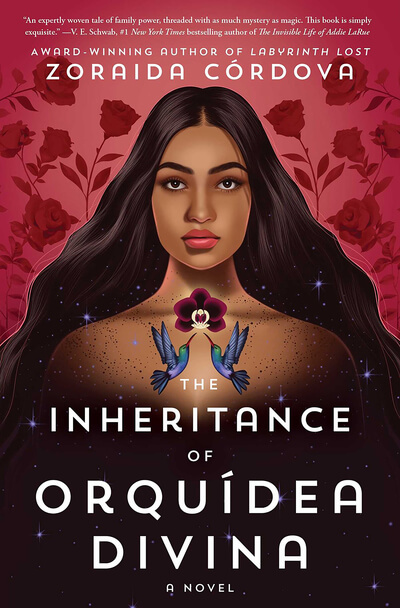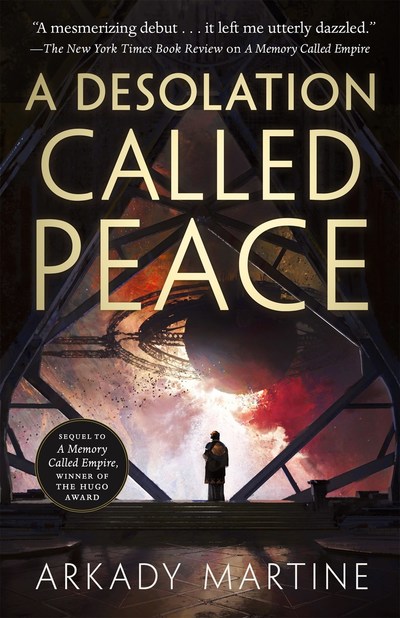Through an accident of timing and celestial alignment, Orquídea Montoya was born unlucky. But unlike most unlucky children, she knows how to bargain, even with creatures of myth and magic, and how to phrase a wish. Her search for luck leads her from her home in Guayaquil, Ecuador, to the small Midwestern town of Four Rivers, where she finally puts down roots and starts a family.
Decades later, Orquídea’s descendants are summoned home to Four Rivers, to the house and verdant valley she conjured. Once there, they discover they have inherited a deadly legacy of ill-used power and festering secrets.
Acclaimed young adult and romance author Zoraida Córdova’s first adult fantasy novel, The Inheritance of Orquídea Divina, is strongly influenced by the Latin American literary tradition of magical realism. Córdova weaves the story of Orquídea’s childhood with that of her family’s struggle in the present, masterfully synchronizing revelations in both timelines. In the process, she successfully casts those who mistrust or are suspicious of magic as irrational and unwilling to believe their own eyes. After all, magic is everywhere in Córdova’s enchanted reality, both the endemic sort of magic found coursing through rivers and creeping up trees and more alien varieties. Magic is an absolute cornerstone of this world, and Córdova evokes it beautifully.
ALSO IN BOOKPAGE: How Zoraida Córdova blended the traditions of magical realism with her own family history.
Most striking, however, is her careful and deliberate use of language. Córdova’s gorgeously compelling prose brings a natural sense of humor and poignancy to even the darkest moments of the story, and the way she uses Spanish to enhance and add depth to her narration is remarkable. Additionally, she has paid extraordinarily close attention to the names of characters and settings. Every single one has meaning to it, and while some are explained in the story, others are left for the reader to discover. This lends a unique sense of purpose to the writing and exemplifies the uncommonly poetic precision of Córdova’s prose. The Inheritance of Orquídea Divina demands to be savored and read with care.
A commandingly propulsive story with a complex writing style that is best enjoyed slowly makes The Inheritance of Orquídea Divina a challenge, but one well worth the time.


















